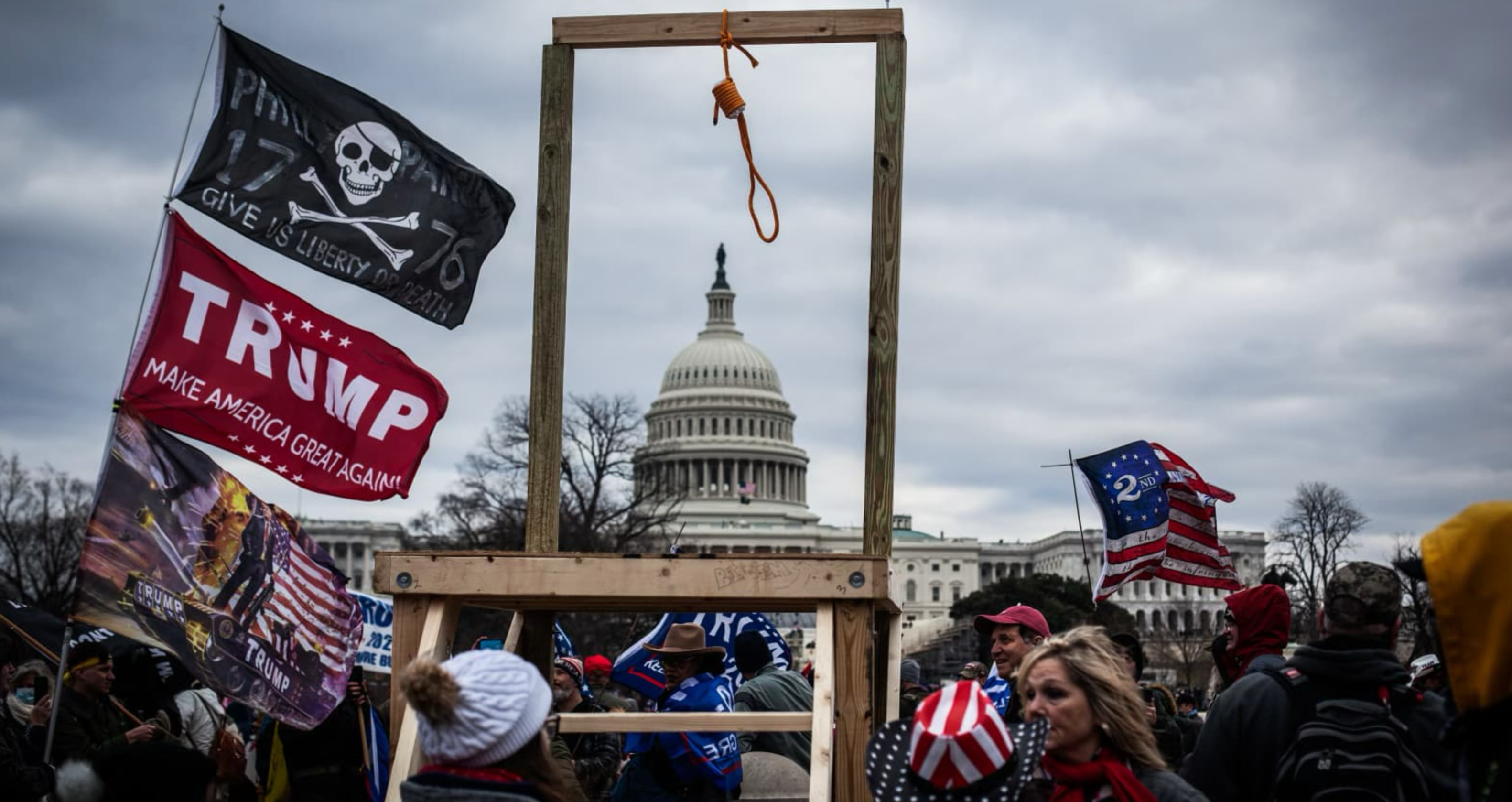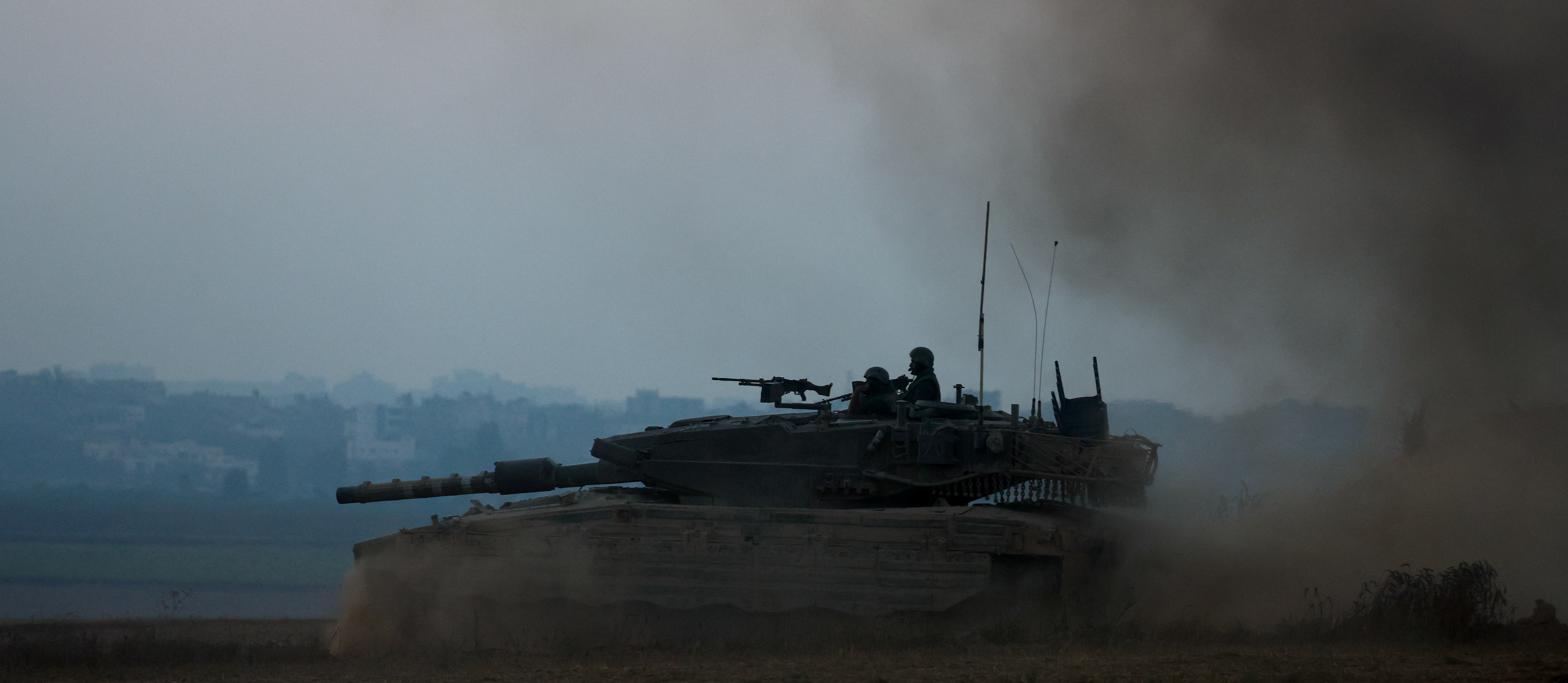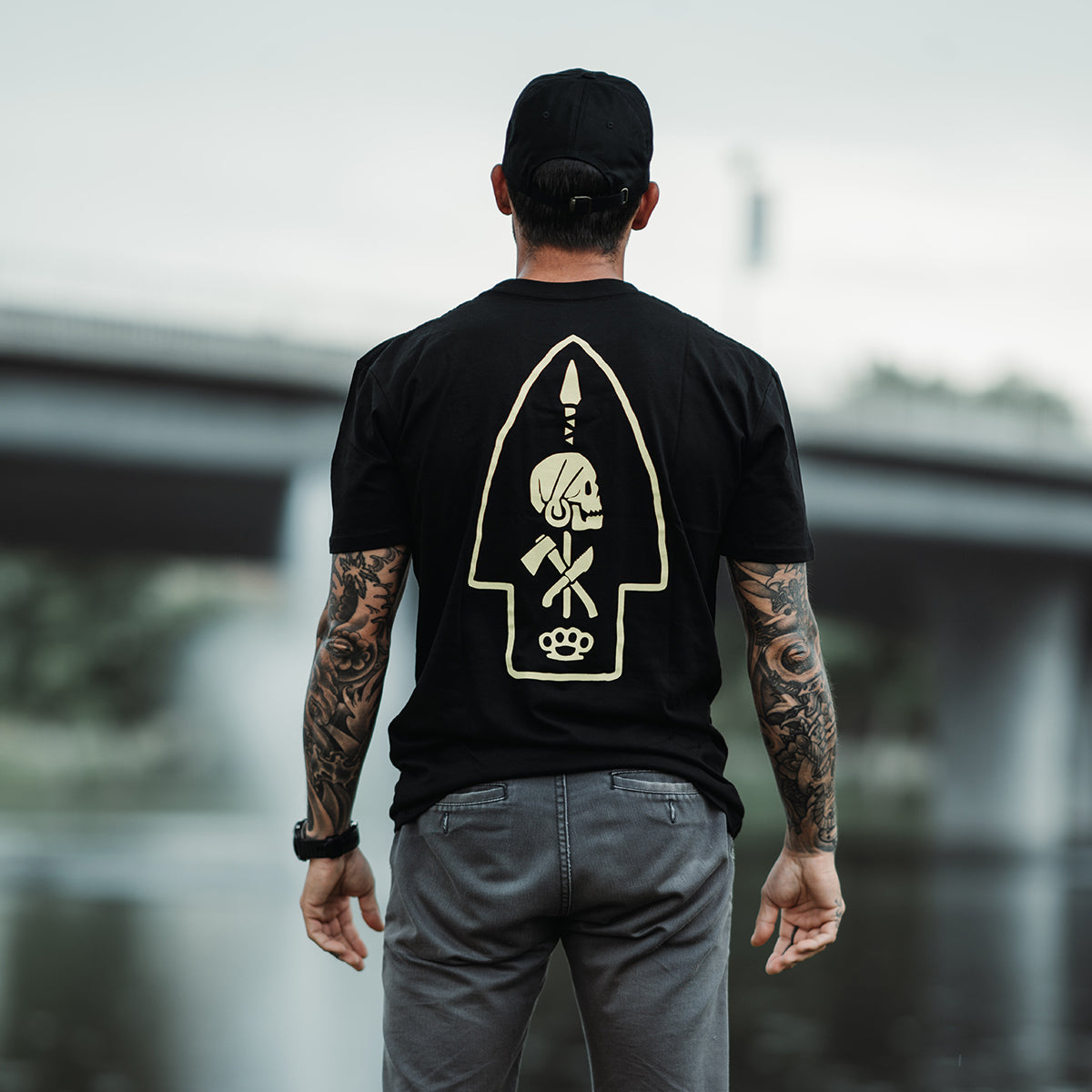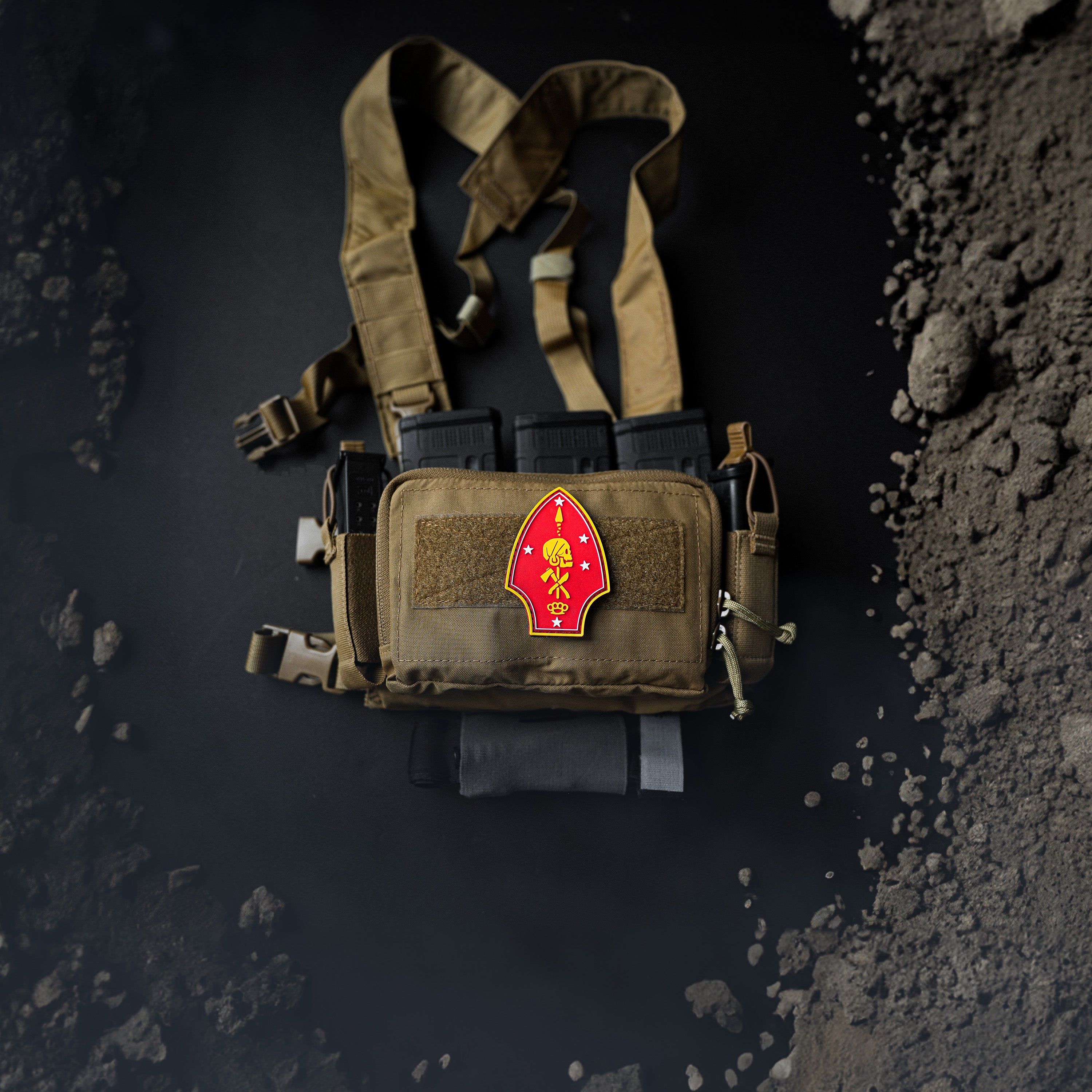
Republicans, in wake of Trump shooting, seek to pin political violence trend on Democrats
PHOTO CAPTION: Trump supporters near the U.S Capitol, on January 6, 2021 in Washington, DC. Shay Horse / NurPhoto / Getty Images
By Joseph Tanfani and Peter Eisler
WASHINGTON (Reuters) -Within hours of the assassination attempt on former U.S. President Donald Trump, many of his supporters began laying blame on Democrats, seeking to flip the script on who has stoked America’s heated political rhetoric as cases of political violence reach historic heights.
From establishment Republicans to far-right conspiracy theorists, a consistent message emerged that President Joe Biden and other Democratic leaders laid the groundwork for Saturday’s shooting by casting Trump as an autocrat who poses a grave threat to democracy.
A Reuters analysis of more than 200 incidents of politically motivated violence between 2021 and 2023, however, presented a different picture: In those years, fatal political violence more often emanated from the American right than from the left.
The U.S. is embroiled in the most sustained spate of political violence since a decade of upheaval that began in the late 1960s, Reuters found in that report published last year. That violence has come from across the ideological spectrum, and includes extensive attacks on property during left-wing political demonstrations. But attacks on people -- from beatings to killings -- were perpetrated mostly by suspects acting in service of right-wing political beliefs and ideology.
Almost immediately after Saturday’s attack, right-wing websites were brimming with assertions that left-wing rhetoric motivated Trump’s assailant. Many commentators blamed the shooting on the Biden White House or pushed unsubstantiated conspiracy theories, including a claim that a shadowy “deep state” cabal within the government orchestrated it.
“Do not think this is going to be the last attempt to kill Trump. The Deep State really has no other choice now,” said a user on the pro-Trump website Patriots.Win. “It's going to take borderline martial law to set the country right,” wrote another. One user called for a federal government purge. “It's us or them.”
Trump’s Republican backers pointed specifically to a comment Biden made on July 8 as the president discussed his dismal debate performance in a meeting with donors.
“I have one job and that's to beat Donald Trump,” Biden said, according to a transcript of the call that Biden’s campaign forwarded to reporters. “We're done talking about the debate. It's time to put Trump in the bullseye. He's gotten away with doing nothing for the last 10 days except ride around in his golf cart.”
Some Republican officeholders seized on the “bullseye” comment as an example of Biden invoking violent imagery in describing November’s presidential election and criticized Biden and other Democrats for casting the former president as a threat to Democracy and to the nation.
“For weeks Democrat leaders have been fueling ludicrous hysteria that Donald Trump winning re-election would be the end of democracy in America,” U.S. Representative Steve Scalise, a Louisiana Republican, wrote on X. “Clearly we’ve seen far left lunatics act on violent rhetoric in the past. This incendiary rhetoric must stop."
Scalise himself was the victim of violence seven years ago, wounded by a left-wing gunman who opened fire during a practice of the congressional Republican baseball team.
Other Republican politicians added to the drumbeat.
“Joe Biden sent the orders,” U.S. Representative Mike Collins, a Republican from Georgia, posted on X on Saturday. There is no evidence for that claim. “The Republican District Attorney in Butler County, PA, should immediately file charges against Joseph R. Biden for inciting an assassination.”
“FALSE EQUIVALENCE”
Kurt Braddock, an assistant professor of public communication at American University who researches political violence, said Biden’s criticisms of Trump as a threat to the nation aren’t the same as the violent language deployed by right-wing supporters of Trump. “It’s a little bit of a false equivalence,” Braddock said.
Trump supporters have led an increase in threats and harassing communications aimed at election workers, judges and other officials.
After Trump lost the 2020 election, Reuters documented hundreds of threats to local election officials by Trump supporters enraged by his false claims that the election was rigged. A Reuters investigation published in May found thatviolent threats against judgeshandling Trump’s various criminal and civil trials spiked after the former president criticized those judges in speeches or social-media posts.
Before the shooting, Trump had not ruled out the possibility of political violence if he loses November’s election. “If we don’t win, you know, it depends,” he said when asked by TIME magazine in April if he expected violence after the 2024 election. He’s also refused to unconditionally accept the results of the upcoming election and warned of a "bloodbath" if he loses.
A Reuters review of dozens of Trump’s campaign speeches – particularly those from 2020 and 2024 – found that violence was a recurring theme. He has exhorted rallygoers “to take back our country,” repeatedly praised the Jan. 6 Capitol rioters and compared himself to famed mobster Al Capone. While president, he encouraged police to be rough with people they were arresting and threatened to use the U.S. military to quell protests.
Biden, who has repeatedly condemned political violence, offered another denunciation immediately after the attack on Trump.
"There is no place in America for this kind of violence or any violence for that matter. An assassination attempt is contrary to everything we stand for ... as a nation - everything," Biden said in a televised address. “We'll debate and we'll disagree. That's not going to change. But we're not going to lose sight of who we are as Americans."
Trump struck a defiant tone initially. In the moments after the shooting at his rally in Pennsylvania, he pumped his fist at the crowd and shouted, “Fight! Fight!” On Sunday, however, he called for national unity.
“In this moment, it is more important than ever that we stand United,” Trump wrote in a post on his Truth Social network.
That message was reinforced by his campaign in memo to staff urging calm. “It is our fervent hope that this horrendous act will bring our team, and indeed the nation, together in unity and we must renew our commitment to safety and peace for our country,” said the internal campaign memo, seen by Reuters.
Some pro-Trump commentators predicted more violence ahead. “They will stop at nothing unless America stands up to them,” said a commentator on Rumble, a video-sharing site that attracts right-wing users, referring to Democrats. “Violence is going to happen. Here is the civil war.”
A senior member of the Proud Boys, the violent all-male extremist group that led the pro-Trump storming of Congress on Jan. 6, 2021, said the group would show up at the Republican National Convention, which kicks off in Milwaukee, Wisconsin, on Monday. After the shooting of Trump, “you’ll see us at more events,” the Proud Boy told Reuters. “It’s going to be more active. It’s that simple.”
Megan McBride, an expert in domestic violent extremism, said U.S. leaders have a brief window to cool partisan hatred before a retaliatory cycle emerges. Research shows that support for political violence increases when people believe the other side supports it, said McBride, a senior research scientist with the Institute for Public Research at CNA, a nonprofit that studies security issues.
“There’s nothing inevitable about a progression from the threat of violence to violence itself,” she said. “That’s a really fantastic opportunity for the country to kind of bring the temperature down a little bit.”
The shooter’s politics and motive remain unclear. The suspect, 20-year-old Thomas Matthew Crooks, was killed at the scene by Secret Service agents. Crooks was a registered Republican who would have been eligible to cast his first presidential vote in the Nov. 5 election. His father, Matthew Crooks, 53, told CNN he was trying to learn what happened and would wait until he had talked to law enforcement before speaking about his son.
(Additional reporting by Nathan Layne, Jarrett Renshaw, Aram Roston and Andrew R.C. Marshall. Editing by Jason Szep)









